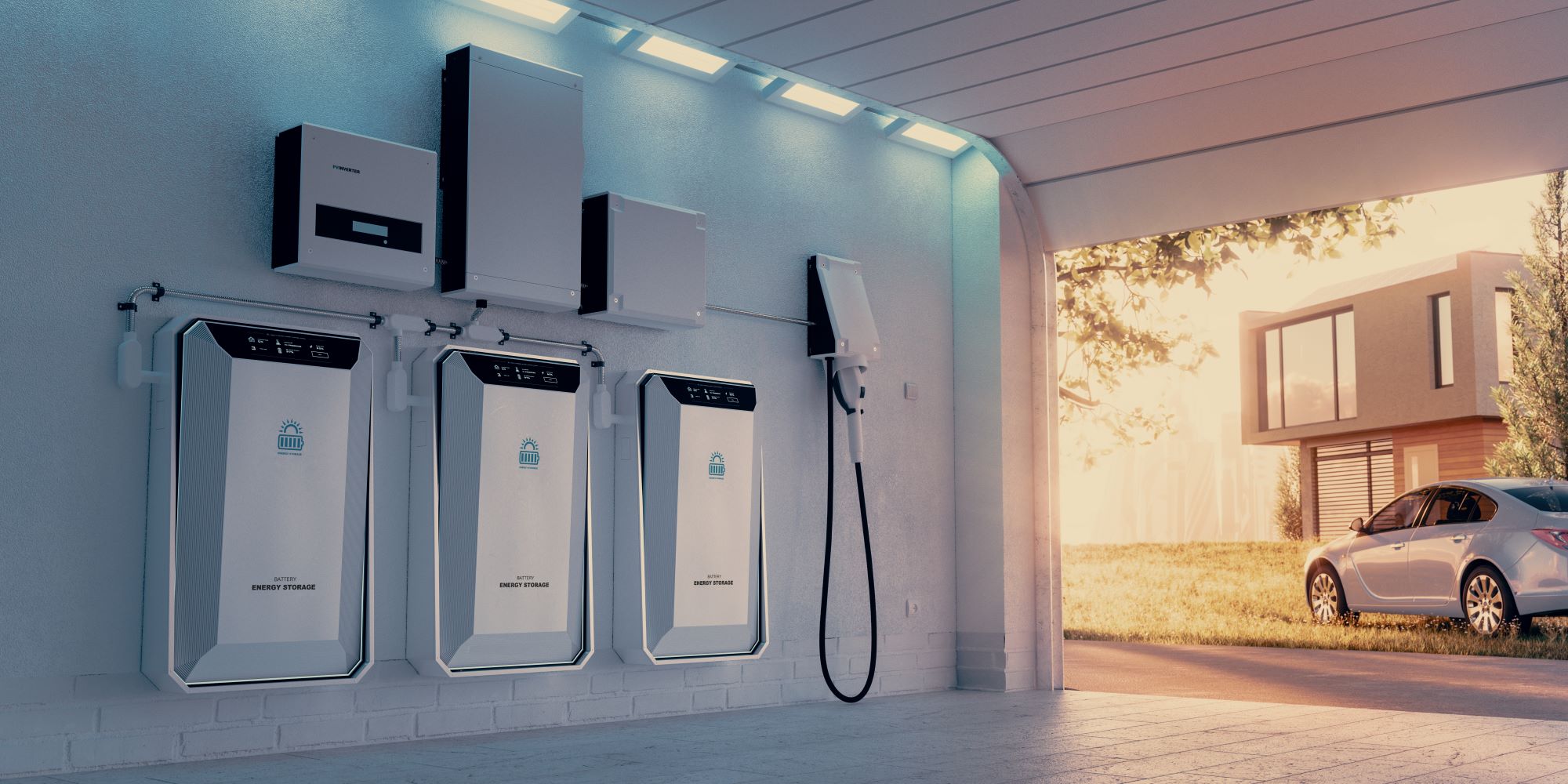Safety first
Battery storage systems do have some safety risks, just like your solar panels or any other major piece of electrical equipment. It’s important to be aware of the risks so you can manage them safely.
According to Clean Energy Council (CEC) installation and design guidelines, the main safety hazards to be aware of are:
- electric shock hazard
- energy hazard
- chemical hazard
- explosion hazard
- fire hazard
- gravitational hazard.
These hazards may pose a physical risk to you or your property. They can also pose a risk to others – like workers repairing the electricity network during a blackout. Even minor malfunctions can impact the effectiveness of your system. For example, an over charged or overheated battery may have a reduced battery life.
These hazards can be managed by ensuring your battery system is installed by a CEC accredited installer who follows Australian standards, guidelines and manufacturers’ instructions. A qualified, experienced installer will ensure your system has adequate ventilation, insulation and housing.
Talk to your installer about the requirements of Australian Standard AS5139.
Other considerations for the safety of your battery and its operation:
There are safety requirements for back-up systems to make sure they don't export energy back into the grid during a blackout. This is important in ensuring workers repairing the electricity network are not exposed to a safety risk from power being supplied from your property.
Your battery storage system will need suitable labelling in your main switchboard to ensure that your electricity distributor and emergency services personnel (ie. fire brigade) are aware of a back-up system on your premises.
Your battery system should be kept locked at all times as battery terminals can be lethal – even if the battery bank is only 48 volts. Labelling in your main switchboard and the board which your system is connected to is important.
If there is any leakage from your battery storage system this is extremely serious. Shut your system down and call your installer. Make sure you clean any spills up as they may be corrosive or have environmental consequences.
Seek immediate advice from the manufacturer or installer if you find leaking or corrosion in your battery storage system.
The life and efficiency of a battery can be affected by a poor battery control system.
A battery management system or battery control system should be designed to suit the type of battery used. Over charging and discharging can result in a temperature rise. This can lead to reduced battery life or in worst-case scenarios, battery explosions.
Your battery storage system will be set up to ensure that charging and discharging is appropriate, so do not change any of the settings as this could put your battery at risk.
Some battery systems have alarms on them to indicate if something is wrong – it might be a low state of charge, over charge or temperature issue. Any alarm warning should be reported to your installer.
Poor maintenance may reduce the life and efficiency of the battery storage system faster than expected. Ensure suitably qualified battery installers maintain your system.
Your battery storage system should have instruction manuals and a maintenance schedule set out by the manufacturer. You must follow these to ensure the warranty is not void and to maintain safety standards.
Every battery storage system must have a shut-down procedure that allows you to shut it down if something goes wrong, or you need to isolate the system.
If you need to turn the power off to your house, having a battery storage system means you now have two possible power sources and you may need to isolate the power at two locations.
You can install a change-over switch for some battery storage systems, useful if any part of your system needs to be sent away to get fixed.
Your installer will provide information and signage
When the BESS is installed, the installer must provide signage and labelling for safety purposes. These labels include information about shutdown procedures, the location of the isolator switch, battery chemistry, battery voltage, and the short circuit current rating. Labels should be placed on and around the BESS, as well as in the switchboard, ensuring you have at-a-glance information available.
Your installer should also give you a clear explanation of how to manage and maintain the system, and leave you with documentation like manuals and information sheets to help you understand your BESS.
Safety tips
The CEC and the CSIRO produced a handy consumer FAQ on battery storage safety, including a checklist.
In addition to following all manufacturers’ guidelines, you should be aware of household hazards. If you have small children or curious pets, keep them away from your battery storage system, and don’t store any items on top of your batteries or any wiring.
Your battery system may heat up slightly (like a laptop battery) but shouldn’t become hot to touch. If it seems unusually hot, or you notice other hazard indicators like leaking or corrosion, contact your installer for advice.
For minor incidents, such as a fault alarm or a malfunction, the system should be serviced by your Clean Energy Council-accredited installer. In the case of fire or an explosion call 000 (triple zero) immediately.

